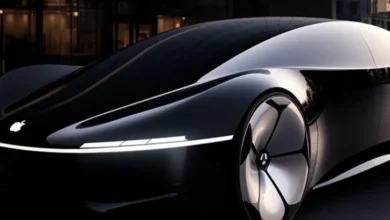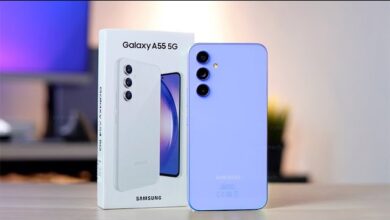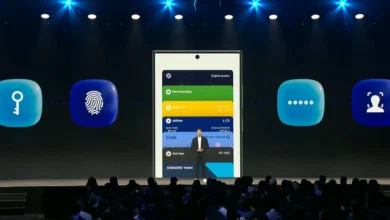A brain implant will soon be tested on humans by Musk’s company

The tech billionaire Elon Musk has announced that his company, Neuralink, will soon begin testing its brain implant on humans. Musk said Wednesday night during a live-streamed “show and told” presentation that his team is asking U.S. regulators for approval to test the device. He predicts that the implant should be able to be implanted in a human brain within six months, although this timeline is far from certain.
One of Musk’s Neuralink projects is one of many designed to link brains to computers to assist in treating brain disorders, rehabilitating injured brains, and other applications. Rajesh Rao, co-director of the University of Washington’s Center for Neurotechnology, said that this field had been around since the 1960s. In the 1990s, however, it took off. More recently, there have been many advances, especially in communication brain-computer interfaces.”
Regarding brain-computer interface accomplishments, Rao, who watched Musk’s presentation online, does not believe that Neuralink is in the lead. Nevertheless, they are quite ahead in terms of the actual hardware in the devices,” he stated. It resembles a large coin and is designed to be implanted in the skull with ultra-thin wires running directly into the brain.
Musk has stated that the first two applications of the technology will be the restoration of vision and the rapid use of digital devices by people with little or no ability to operate their muscles. He said that a Neuralink device could also bridge signals from the brain to the spinal cord of a person with a broken neck. Musk, who recently took over Twitter and is the CEO of Tesla and SpaceX, stated, “We believe there are no physical limitations to enabling full body functionality.”.
Researchers from other teams have used implanted sensors to allow paralyzed individuals to operate computers and move robotic arms through brain signals. An experimental brain-computer interface being tested by the consortium BrainGate was used by three individuals with paralysis below the neck affecting all limbs as part of a study in PLOS ONE published in 2018. A small sensor in the brain records neural activity to navigate things like email and applications.
A recent study published in the journal Nature identified a type of neuron activated by electrical stimulation of the spinal cord, allowing nine patients with chronic spinal cord injuries to walk again. In addition, researchers have been studying brain-machine interfaces to restore vision. In his announcement, Musk suggested his team would use signals directly targeting the brain’s visual cortex, an approach that some academic groups are also pursuing, “with limited success,” Rao stated.
A message sent to the press office by Neuralink was not immediately responded to. Professor Jaimie Henderson, a professor of neurosurgery at Stanford University and an adviser to Neuralink, said Neuralink is unique in that it can reach more profound layers of the brain than other devices. It should be noted that he added: “There are many different systems, each with its advantages.”
Related Posts
| Elon Musk claims Twitter will implement a subscription model with no advertisements. |
| Some Twitter bills are not being paid as Elon Musk cuts costs |



